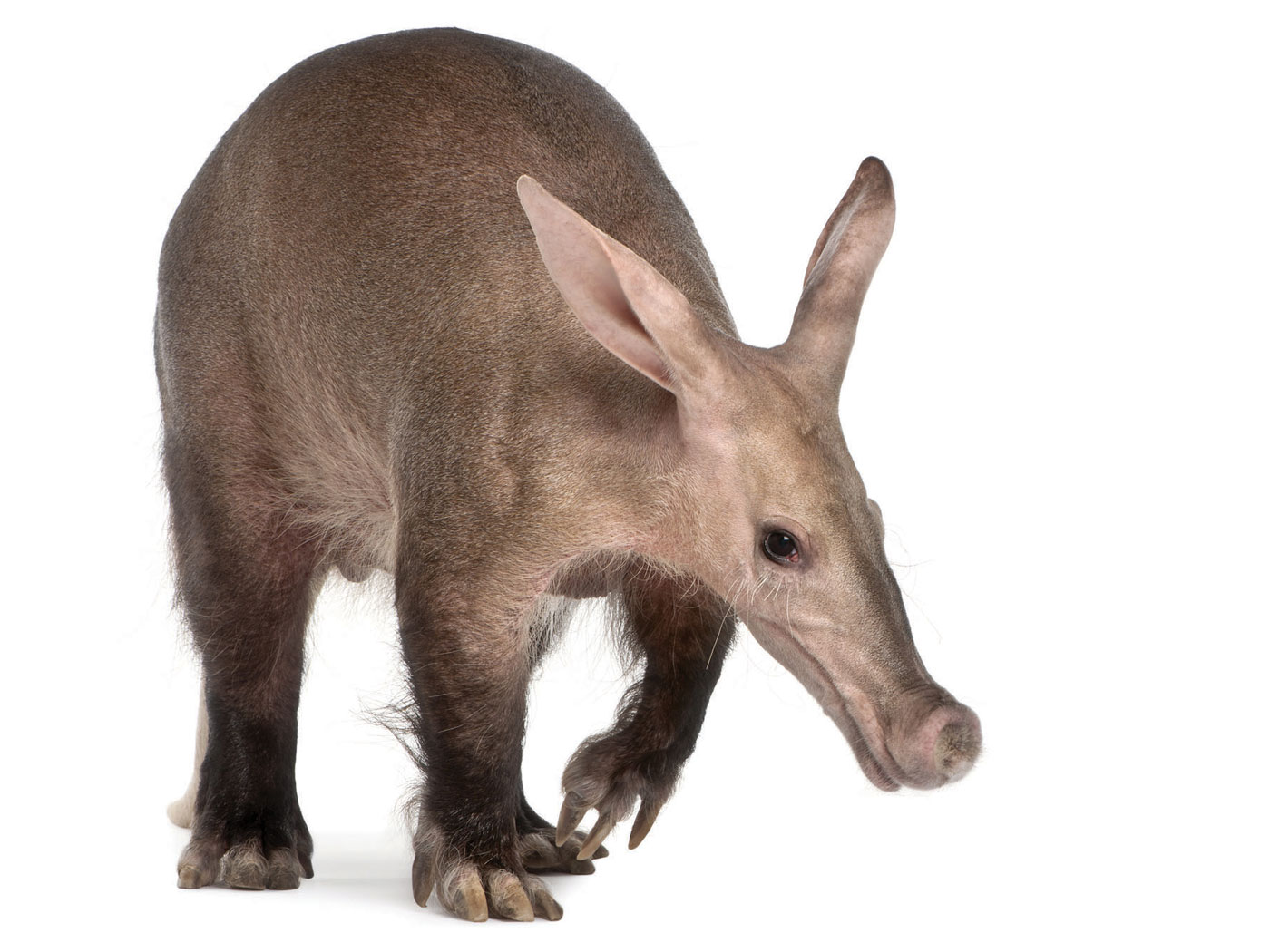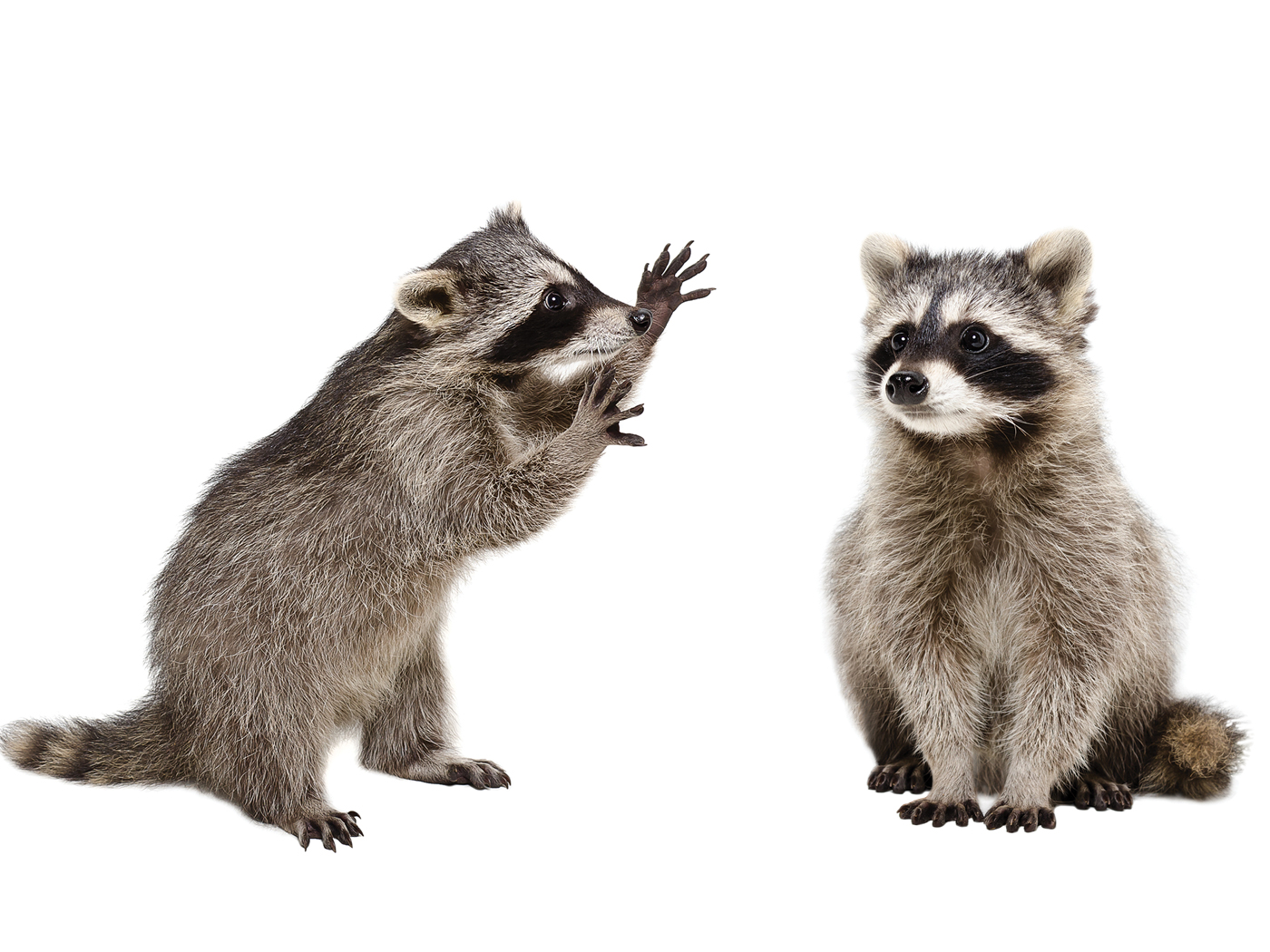In Answers Research Journal 8 (2015): 403-411
An evolutionary argument heavily promoted by the BioLogos organization as evidence of broadscale vertebrate macroevolution is the idea that the human genome contains the 150 base remnant of an egg-yolk related vitellogenin (vtg) gene acquired through descent from a common ancestor shared with chicken. However, research described in this report shows that the alleged vtg fragment in human is not a pseudogene remnant at all, but a functional enhancer element in the fifth intron of a “genomic address messenger” (GAM) gene. This GAM gene produces long noncoding RNAs that have been experimentally shown to selectively inhibit the translation of known target genes, a majority of which are implicated in a variety of human diseases. Messenger RNAs from this gene are also expressed in a variety of human brain tissues. The alleged 150 base vtg sequence contains a variety of highly conserved mammalian transcription factor binding domains, nucleosome depleted open-active chromatin, is hypo-methylated, associates with RNA polymerase 2 in long-range chromatin interactions, and binds the Mafk transcriptional regulator. These combinatorial data clearly show that it is a functional enhancer element in a GAM gene expressed in the human brain—strongly challenging the idea that this sequence is an egg-laying pseudogene genomic fossil.
Click here to read the full article text.










